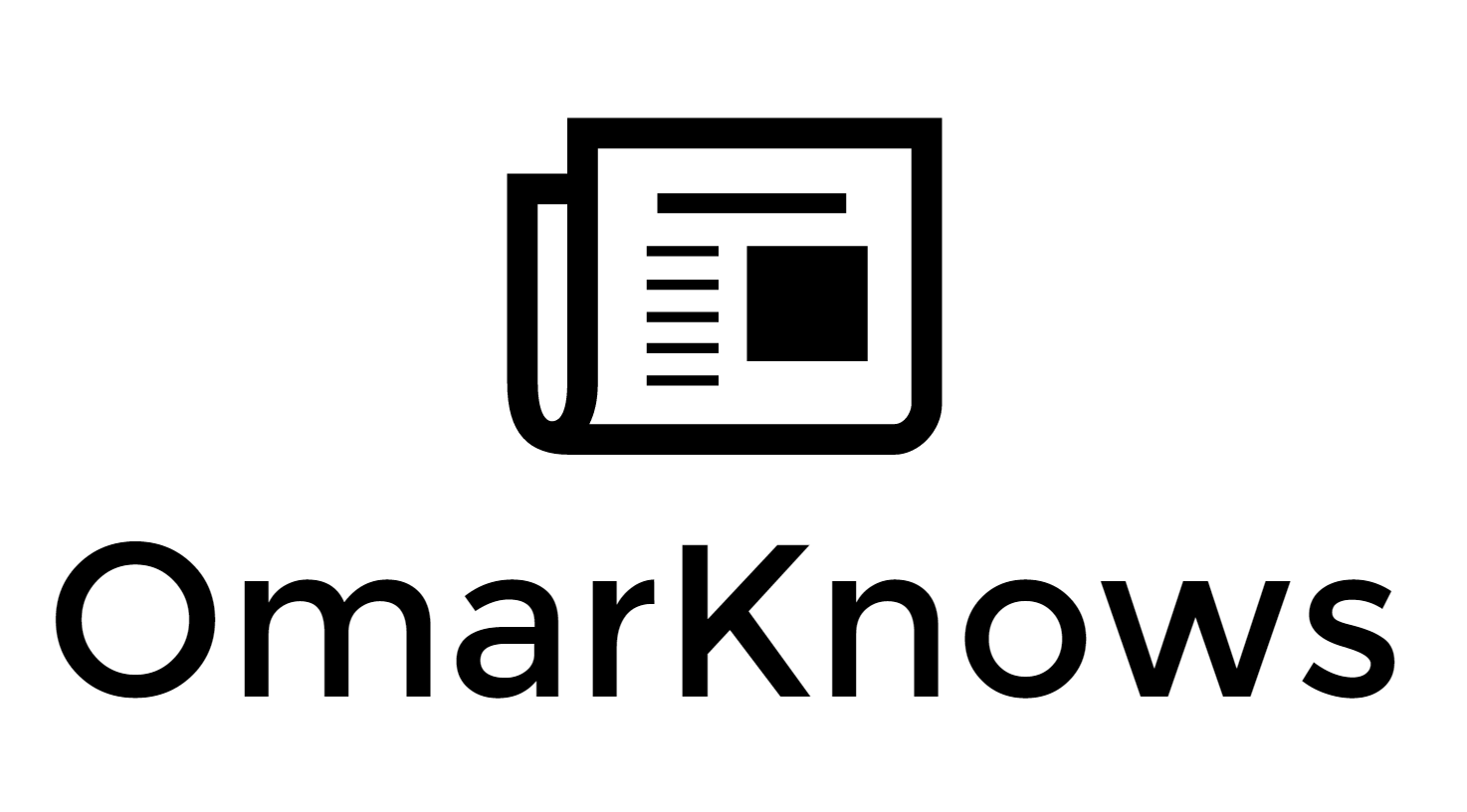How I make Coffee - 2021
The last time I wrote about How I make Coffee was 2015. Coffee is one of my favorite daily rituals and I am very particular about my equipment.
There are so many different ways to make coffee and there is only one way that I make it and that is using Pour Over. I have found that Pour-Over provides the most consistent brewing methodology (it’s just hot water and gravity) and really allows you to experience the different tastes in coffee beans. I weigh the beans and water so the coffee tastes the same each time.
Pour-Over is fast and cleanup is easy. This is the way.
I use three techniques for brewing coffee using pour-over. Two are “at home” and one “travel”.
Pour Over at Home
My go-to machine is the Ratio Eight. I’ve been using this machine for a few years and it’s superb. The product is hand-made in Portland Oregon and all the components are metal, glass, and wood (except for a silicone tube). It is very similar to doing a hand pour-over but fully automated. We also have the thermal carafe in case we need it. We have the handblown glass model and I suggest getting that.
Ratio Eight
The approach we make is very simple. For two cups I grind 35g of beans and add 550ml of water. For one cup it’s just half of that. In general 17g per 250-300ml of water.
I use a 500ml Narrow Mouth Erlenmeyer Flask (those of you that took Chemistry will have a nostalgic feeling or hatred towards this)
That’s it. A few minutes later the coffee is finished.
Ratio also makes another model, the Ratio Six. They are very similar the main difference is cost, it’s made in China, and it’s 100% thermal. I have one of these for our cabin in matte black.
Ratio Six
Instead of paper filters, we use the Ratio Kone Coffee Filter by Able.
The other technique we use for making coffee is much cheaper and very easy. We use a manual Blue Bottle Coffee Dripper. It’s made of Japanese ceramic and has special filters that do not require that you “pre-wet” the filter.
We use a Hario Scale to measure the coffee and water. The approach is very simple, place the mug on the scale with the Coffee Dripper. Tare the scale. Add 17g of ground coffee and then pour in 260g of water.
For boiling-water we use the Fellow Stagg EKG, Electric Pour-over Kettle
note - water has the same weight as its volume. So 100ml of water weighs 100g.
Pour Over during Travel
I have two travel coffee products that I like equally.
The first is the Miir Pourigami. This packs up very small and is easy to use.
The second is the Fellow Stagg [XF] which is a bit bulkier but I like that you don’t need a scale to weigh the beans as there are little etched markings to help you out.
Grinding Beans
You can go very basic with a hand grinder or super fancy. You can guess which way I went.
Our daily grinder is the Baratza Sette 270Wi. I’ve had this unit for a few years and love it. It grinds to a specific weight in grams. We just push a button and either 17g, 35g, or 45g gets dosed.
Baratza makes many excellent grinders. They are located in Seattle which has made service visits pretty convenient for me (I’ve serviced the grinder twice).
The other grinder I just purchased for our cabin to match our Ratio Six is the Fellow Ode Brew Grinder. This looks fantastic next to the Ratio. It’s a really neat grinder design and is meant to grind on demand. I suggest storing your beans in a Fellow Atmos Vacuum Canister.
Coffee
Simple. We get beans made specifically for pour-over from Blue Bottle (Bella Donovan). We have a subscription and every two weeks we get three bags. We love this coffee. We have never run out and three bags takes care of our coffee needs. Pre-pandemic we were on a two bag subscription.
Cold Brew
Check out my previous article on cold brew.













